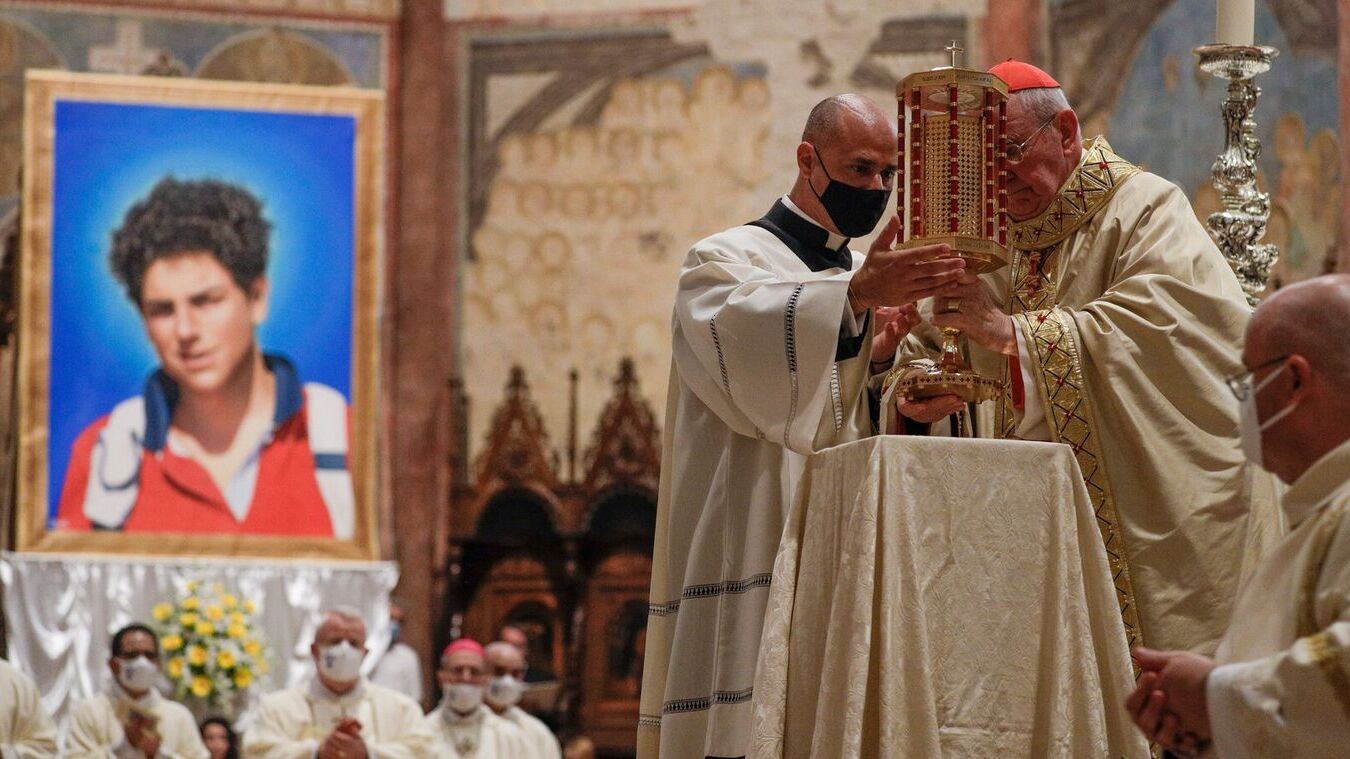
Beatification is a significant step in the Catholic Church's process of declaring a deceased person a saint. But what exactly does it entail? Beatification is the recognition by the Church that a person has entered heaven and can intercede on behalf of individuals who pray in their name. This process involves rigorous investigation into the person's life, virtues, and miracles attributed to them. Beatification allows the person to be called "Blessed" and permits limited public veneration. It's a fascinating blend of history, faith, and meticulous scrutiny. Ready to dive into 20 intriguing facts about Beatification? Let's get started!
What is Beatification?
Beatification is a significant step in the process of canonization in the Catholic Church. It recognizes a deceased person's entrance into heaven and their ability to intercede on behalf of individuals who pray in their name. Here are some fascinating facts about beatification.
-
Beatification is the third of four steps in the canonization process. The steps include Servant of God, Venerable, Blessed, and Saint.
-
The Pope has the final say in beatification. Only the Pope can officially declare someone "Blessed."
-
A miracle is usually required for beatification. This miracle must occur after the candidate's death and be attributed to their intercession.
Historical Background of Beatification
Understanding the history behind beatification helps appreciate its significance in the Catholic Church.
-
The practice dates back to the early centuries of Christianity. Initially, saints were proclaimed by public acclaim.
-
Formal beatification began in the 10th century. Pope John XV was the first to formalize the process.
-
The Congregation for the Causes of Saints oversees the process. This Vatican department was established in 1588 by Pope Sixtus V.
The Process of Beatification
The journey to becoming "Blessed" involves rigorous scrutiny and several stages.
-
It begins with a local bishop's investigation. The bishop collects evidence of the candidate's virtuous life and any miracles attributed to them.
-
A postulator is appointed to advocate for the candidate. This person gathers documentation and presents the case to the Vatican.
-
The Positio is a comprehensive report. It includes testimonies, writings, and evidence of miracles, submitted to the Congregation for the Causes of Saints.
-
Theological and medical experts review the Positio. They ensure the miracle is scientifically inexplicable and theologically sound.
Notable Beatifications
Several individuals have been beatified, each with unique stories and contributions to the faith.
-
Mother Teresa was beatified in 2003. Known for her work with the poor in Calcutta, she was declared "Blessed" by Pope John Paul II.
-
Pope John Paul II was beatified in 2011. His beatification followed the recognition of a miracle involving a French nun's recovery from Parkinson's disease.
-
Oscar Romero was beatified in 2015. The Archbishop of San Salvador was martyred for his advocacy for human rights.
Controversies and Criticisms
Beatification is not without its controversies and criticisms, often sparking debate within and outside the Church.
-
Some argue the process is too lengthy and complex. Critics believe it should be simplified to recognize more individuals.
-
Others question the requirement for miracles. Skeptics argue that miracles are subjective and difficult to prove.
-
Political and cultural biases can influence beatification. Some candidates are fast-tracked due to their popularity or political significance.
Modern Developments in Beatification
Recent changes and developments have shaped the beatification process in contemporary times.
-
Pope Francis has streamlined the process. He introduced new norms to make beatification more accessible and transparent.
-
The "equivalent beatification" allows bypassing certain steps. This is used for candidates with long-standing veneration and historical significance.
-
Social media plays a role in modern beatifications. Campaigns and public support can influence the process and bring attention to candidates.
-
Beatification ceremonies are often grand public events. They attract thousands of pilgrims and are widely covered by media, celebrating the new "Blessed" individual.
The Final Word on Beatification
Beatification, a significant step in the Catholic Church, honors individuals for their virtuous lives and miracles. It’s not just about sainthood; it’s about recognizing extraordinary faith and dedication. This process involves rigorous investigation, witness testimonies, and sometimes, miraculous events. While not every beatified person becomes a saint, beatification itself is a profound acknowledgment.
Understanding beatification helps appreciate the depth of faith and the Church's meticulous process. It’s fascinating to see how historical and modern figures are celebrated for their contributions to faith and humanity. Whether you're religious or just curious, learning about beatification offers insight into the values and traditions that shape the Catholic Church.
So, next time you hear about someone being beatified, you'll know the incredible journey and significance behind that honor. It’s a testament to a life well-lived and a faith deeply held.
Was this page helpful?
Our commitment to delivering trustworthy and engaging content is at the heart of what we do. Each fact on our site is contributed by real users like you, bringing a wealth of diverse insights and information. To ensure the highest standards of accuracy and reliability, our dedicated editors meticulously review each submission. This process guarantees that the facts we share are not only fascinating but also credible. Trust in our commitment to quality and authenticity as you explore and learn with us.


